
STEM With Purpose, From Kindergarten to Careers
Veteran teacher Andrew Harvey is on a mission to prepare students for the future—without tying them to screens. At Dublin City Schools in Georgia, Andrew uses Strawbees from Pre-K to high school to teach critical thinking, sustainability, and real-world problem-solving.
Whether building AI-driven pecan sorters or launching egg drop sensors with drones, he’s proving that hands-on STEM builds skills for life.

Andrew Harvey
Pre-K-12 Teacher
Dublin City Schools
Georgia
Background
After sixteen years of teaching, Andrew Harvey has gone from doing engineering and computer science to advanced manufacturing to training all of the teachers on AI and STEM throughout the district. Throughout his experience, he’s seen a lot of things change, including how tied too many tools are to devices and screens.
“There needs to be an equitable approach to technology and kids need a disconnect where they can work with their hands. On the career side, kids need to be able to engage with critical thinking and reason without having to have a computer reason for them.”
After being sent a kit over six years ago, Andrew was convinced to upgrade quickly to robotics. When introducing it to students, he found it was a blank canvas that allowed him to spark critical thinking and creativity in his students, especially during a time where Andrew feels critical thinking is becoming even more important.
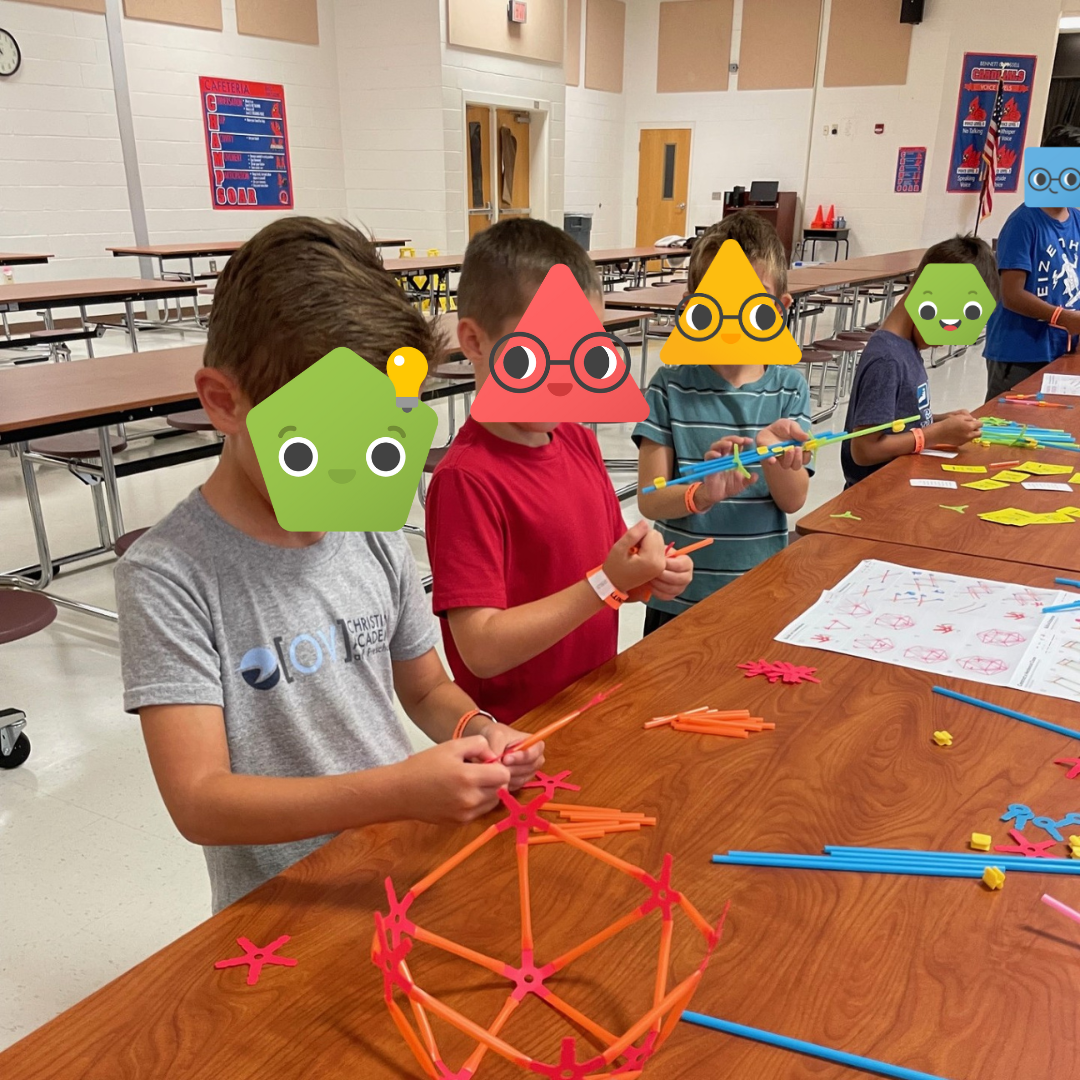
Implementation
With AI becoming an increasingly popular tool, Andrew feels like the STEM crisis many are already seeing may only shift.
“AI is a tool but it should not be an all-encompassing cheat sheet. We’re training kids to learn how to use it appropriately so that it makes your job easier.”
Growing up in manufacturing and running pecan orchards, Andrew was able to see the way AI and machine learning could be appropriately used not just for efficiency but to protect workers. Historically, pecan harvesting has been particularly dangerous, causing workers to get their clothes caught or get harmed in the process.
“What AI has allowed us to do is we have even middle schools training AI with our cameras to be able to sort and identify a good pecan versus one that’s not. And this starts with Strawbees. I want kids to have that critical thinking and it’s something that’s getting lost in our schools. What I love about Strawbees is the different ways kids figure out how to solve a problem.”
The other benefit that Andrew has found was that many of the other products he tried were one use only whereas Strawbees was sustainable and reusable and he plans on ensuring there is even more sustainability in years to come with the Sustainability Kit.
“To me, that’s just from the engineer point of view. I don’t like waste. I believe in efficiency and reusability, especially growing up with farming.”
It’s the reusability and flexibility that has allowed Andrew to implement Strawbees from K-12 in all of the grades he’s worked with. Even in middle schools, Andrew is able to implement the project of identifying good pecans in miniature models by building small prototypes, using micro:bit and cameras.
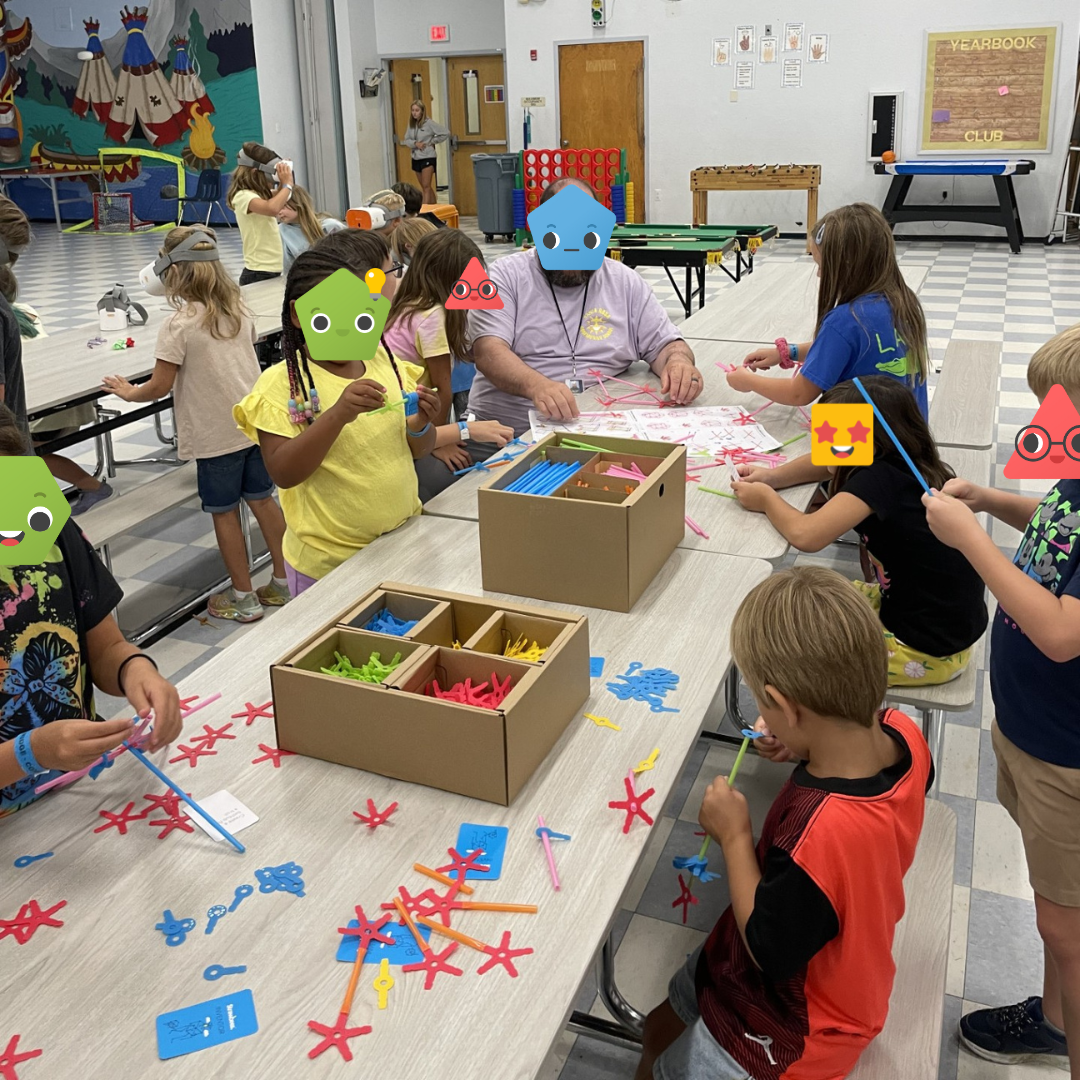
Outcomes
Implementing Strawbees across grade levels, even in high school. Computational thinking is one of the critical skills high schoolers need and Andrew has found that many who get to high school don’t have the foundations to problem solve and going back through that can be a huge help. The simplicity is one of the things that Andrew says allow him to implement Strawbees successfully.
“I think today people think things have to be overly complicated to teach the basic skills we want. They don’t. That’s what I love about straws. Before I found out about Strawbees, we were using popsicle sticks. But with popsicle sticks and toothpicks, it's one use and we’re done. The reusability of Strawbees is fantastic.”
Having to train teachers across the state, Strawbees has also allowed Andrew to easily set up and deconstruct whatever he needs due to the portability. Strawbees Classroom also relieves some of the burden of coming up with lessons and activities. Sometimes teachers he works with can be a little bit skeptical and ask “What do I with straws?” but Andrew says, “Just wait.”
The applications of Strawbees, Andrew has found, also apply across different educational levels from actionable steps that kindergarteners can take to building an egg drop experiment using Strawbees, micro:bit and drones to work with sensors to drop an egg and track different measurements.
“I love the fact that I can take these into special education. It’s very hands-on so it doesn’t alienate kids regardless of their learning ability. There’s no constraints on our kids regardless of what classroom because I can use them in any of them and the teacher feels confident to use them.”
After starting off in middle school, Andrew started seeing the applications in both high and middle schools, especially because Andrew found that newspapers and other common media are aimed to reach a minimum sixth grade reading level so he started with a foundation, building it up into high school, where there are less hands-on tools.
“For some reason there are not enough hands-on solutions for high school level students. So much is geared for middle and elementary but there’s almost nothing for high schools.”
After looking around for tools and finding most of them too big, too industrial and obsolete in two years, he didn’t want to be stuck with equipment that was no longer useful, whereas a smaller, re-usable tool might be better.
“More expensive does not necessarily mean it’s better. I believe in dollar store STEM. You can really teach the same things with cheaper options and more hands-on activities.”
With the use of applicable STEM and training in AI, Andrew feels he is helping his students get an edge on the changes he’s seen in just the past decades.
“Somebody’s gotta fix and train the robots. There’s not enough adults that know how to code except the ones that go through our programs. We need more than kids approaching screens. I need kids turning wrenches, so to speak. I need kids to know how to problem-solve. That’s the next frontier in manufacturing jobs.”
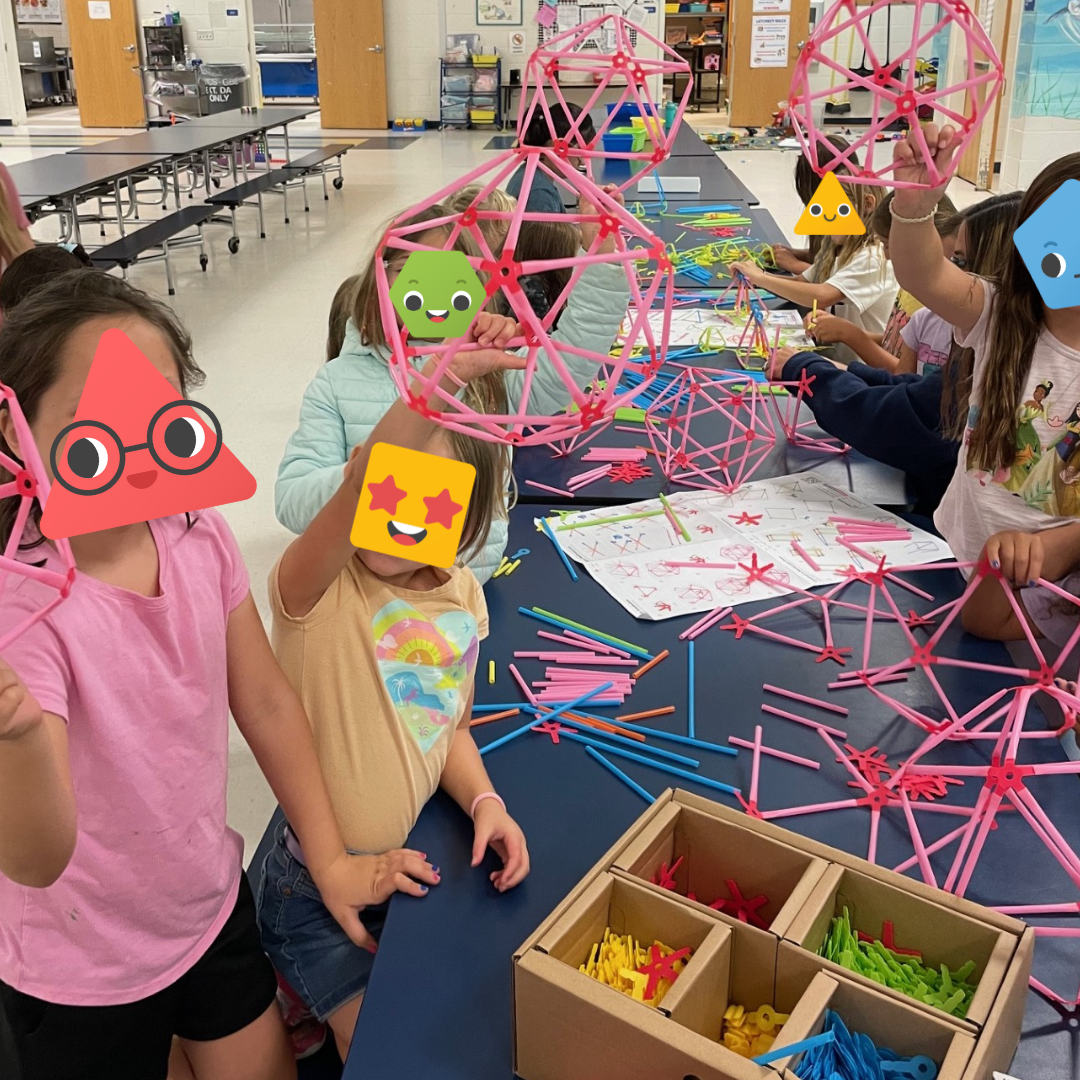
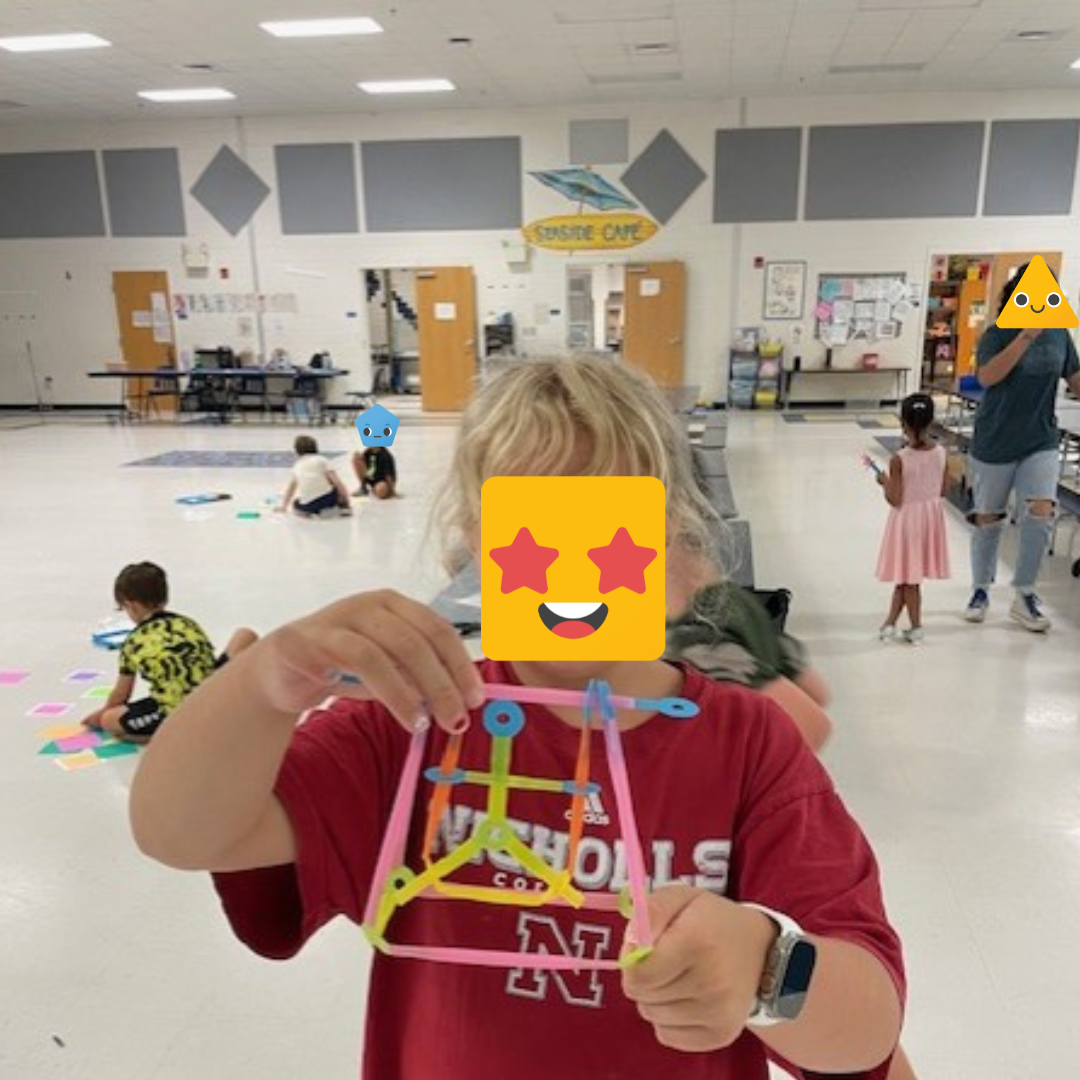
How Andrew Implements STEM
“I love the fact that I can take these into special education. It’s very hands-on so it doesn’t alienate kids regardless of their learning ability. There’s no constraints on our kids regardless of what classroom because I can use them in any of them and the teacher feels confident to use them.”
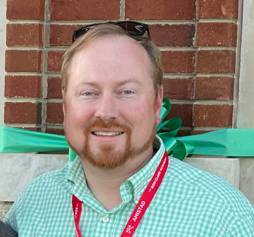
Andrew Harvey
Pre-K-12 Teacher, Dublin City Schools, Georgia
